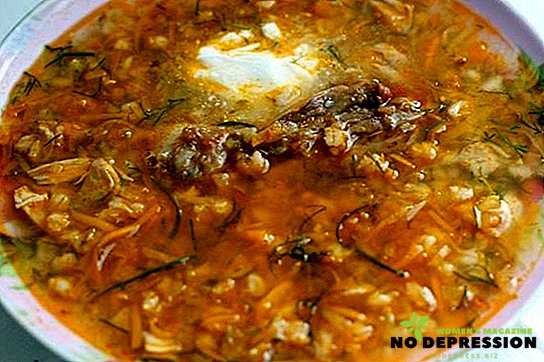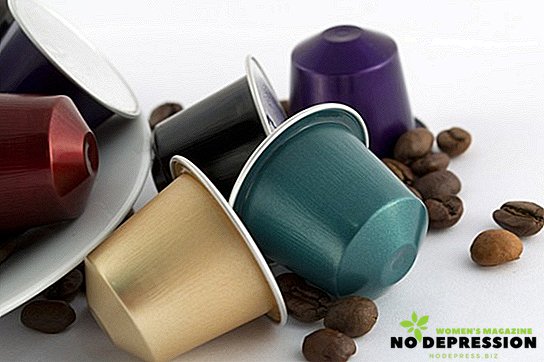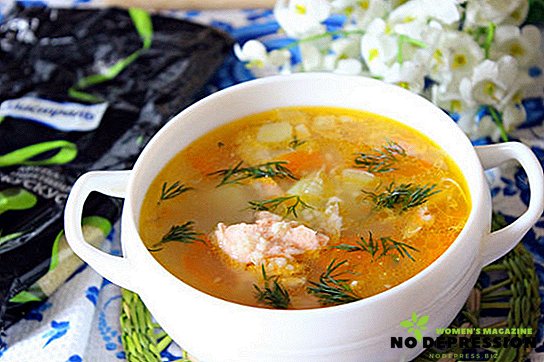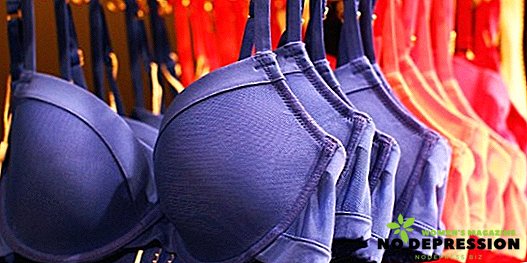In order to be healthy and look great, you need to ensure good nutrition. Special attention should be paid to fish in the diet. Not so long ago, pangasius fish appeared on our shelves. What kind of fish is it, where does it live and how useful is it for our body?
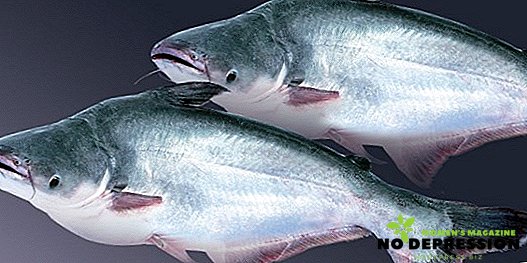
Pangasius: what kind of fish, where does it live and what does it eat
Pangasius is a freshwater fish that lives in the Mekong Delta. The fish that our stores offer is grown on Vietnamese special fish farms. Fish body length can reach 130 cm, and weight - 44 kg. The average lifespan of a fish in the wild is 20 years. On farms it is grown for 6 months, after which it enters the processing plants and on our shelves.
Pangasius refers to omnivorous fish. The basis of its diet is algae, small fish and plankton, insects, crustaceans, fruits and other plants. On farms, fish are fed with special granules, which consist of fish production waste, cake and minerals.

Pangasius spawn twice a year. On average, 1 adult can throw up to 1,000,000 eggs at a time. As a place for spawning, they choose rapids and sand banks, where they lay their eggs near the roots of plants.
Pangasius fish: useful properties
Pangasius has a number of useful properties:
- Fish is rich in protein, which is perfectly absorbed by our body and is necessary for the construction of cells and muscles.
- Fish fillets contain many B vitamins that help the functioning of the nervous system. Regular consumption of pangasius improves mood, helps to cope with insomnia, stress.
- Antioxidants, which are contained in fish, protect the body from the negative effects of free radicals that can cause cancer and lead to rapid aging of the body.
- Vitamin E and calcium have a beneficial effect on the skin, hair and nails.
- Introduction to your diet Pangasius, allows you to normalize the metabolism, which is very important for those who watch their weight. A low calorie fish, 100 grams of which contains only 88 kcal, makes this product a dietary.
- Phosphorus, which is part of the fish, improves brain function.
- High iron content eliminates anemia.
- Due to the content of vitamin C in fish, pangasius stimulates the development of immunity.
- Vitamin A and organic acids contribute to the development of vision.
- Substances contained in pangasius strengthen the walls of blood vessels and muscle of the heart.
The benefits of pangasius for our body are obvious, but despite this, there are opponents of its use in food.

What is harmful fish: myths and facts
What is the opinion about the dangers of this fish:
- First of all, with the fact that the pangasius lives in densely populated areas of Vietnam in the Mekong River, whose waters are not very clean. But the fish, which is represented in our stores, is grown in artificial conditions - pools, where water is treated and additional aeration.
- Secondly, it is believed that fish that are grown on an industrial scale will definitely be crammed with all sorts of harmful substances: antibiotics, growth stimulants and other chemical additives. But this is also not always true. For Vietnam, the export of fish is the most important component of the economy; therefore, its production has a very strict sanitary and epidemiological control.
Harmful substances can enter it only at the stage of processing and preparation for transportation. And here already unscrupulous exporters can use a variety of chemical additives that can save it during transportation. Therefore, choosing the fish in the store, pay attention to its appearance and the presence of foreign odors. Also, its cost should be alerted too low.

But nevertheless it is worth refusing some people to eat pangasius:
- children under 1 year due to the risk of allergies;
- people with problems in the work of the digestive system;
- people who have an individual intolerance to fish or seafood.
How to choose the right fish
Going to the store for Pangasius, pay attention to some points that will allow you to purchase a quality product:
- Give preference to proven stores where fish are given due attention.
- Choose a whole fillet of light color. A dark shade may indicate that the fish was not properly stored. And the presence of broken pieces is an indicator of long-term storage of pangasius or repeated freezing, which is unacceptable.
- Too large pieces of fillet will have a lot of fat. If you do not like too oily fish, then choose small or medium fillets, the amount of fat in which will be minimal.

How to cook Pangasius (recipes for its preparation)
We sell pangasius frozen, so first you need to defrost it. It is recommended to do this at room temperature - remove the fish fillet and leave it in the sink or on the plate until it is completely thawed.
The use of boiling water for cooking fish or a microwave oven can not only damage tender fillets, but also significantly degrade the nutritional and taste qualities of the fish.
The best option would be roasting fillet in batter or quenching.
The most useful cooking method is steaming. Such fish can be not only eaten as a dish with sauce, but also added to various salads. You can also bake the pangasius fillet in the oven or cook soup from it.

Pangasius baked with vegetables and cheese
To prepare it, prepare the following products:
- several pangasius fillets (2-4, depending on its size);
- 1 medium tomato;
- 3 chicken eggs (1 of them will be required for the filling);
- a few tablespoons of flour;
- 150 g of any hard cheese;
- 1 tablespoon of green peas (fresh or frozen);
- 0.5 teaspoon ground paprika;
- salt and favorite spices to taste.

Salt and sprinkle the fish fillets with any seasoning you like. You can simply rub it with salt and crushed garlic. Leave the fillet for 20-30 minutes so that it is saturated with spices.
Twice the fish in flour and a beaten egg. Fry it on both sides in vegetable oil.
Put the fried fillet on a baking sheet. Place a filling on top, which is mixed with grated cheese, diced tomato, green peas, and 1 raw egg.
Pangasius fillet is baked for 10-15 minutes at 180 degrees.
Pangasius stewed in tomato sauce
To prepare this delicate dish, take the following products:
- 500 g fish fillets;
- 1 carrot;
- 2 onions;
- half a glass of water;
- 1 tablespoon of tomato paste;
- 2 tablespoons of vegetable oil;
- salt, pepper, bay leaf and other seasonings to taste.

Wash, peel and chop the onions and carrots: chop the onion into cubes or half rings, and rub the carrots without grating.
Fish cut in portions, salt and sprinkle with spices. Put fish and vegetables in layers with thick walls.
Separately mix water, salt with spices, tomato paste and vegetable oil.

The resulting sauce pour fish with vegetables. Add bay leaf here.
Put the dishes with the fish on a small fire and simmer for 20 minutes from the moment of boiling.

Pangasius with vegetables cooked in a sleeve
To bake fish with vegetables in the sleeve, prepare the following products:
- about 1 kg pangasius fillet;
- 2 carrots;
- 2 onions;
- some lemon juice;
- a small bunch of greens (parsley, dill, etc.);
- 2 tablespoons of vegetable oil;
- salt, spices and soy sauce to taste.
Salt the fish fillets, sprinkle with spices and sprinkle with lemon juice and soy sauce. Leave to pickle for at least 1 hour.
Peel and chop the onions and carrots. Chop the greens.
Chopped vegetables fry in vegetable oil.

In the sleeve fold the fish and vegetables, alternating with each other. We tie the sleeve on both sides and send it to the oven heated to 180 degrees for 40 minutes. Enjoy your meal!
And another recipe for cooking Pangasius - in the next video.


